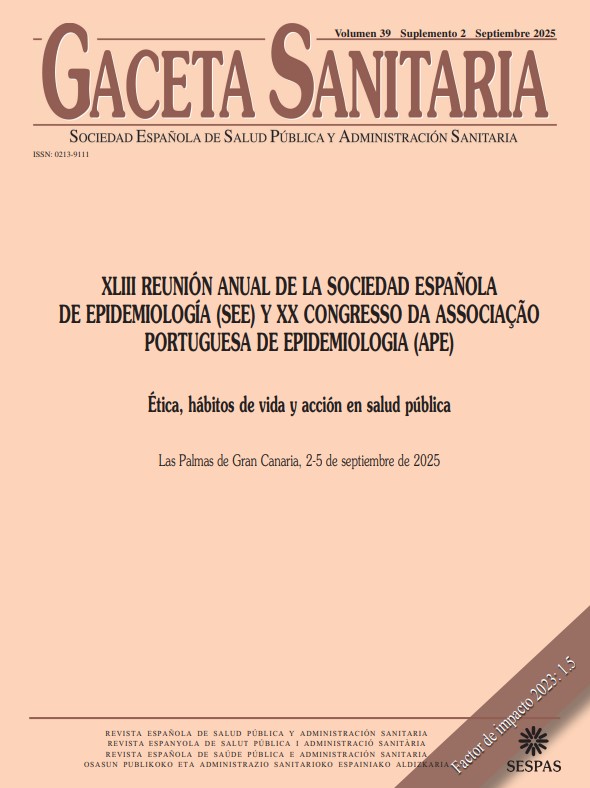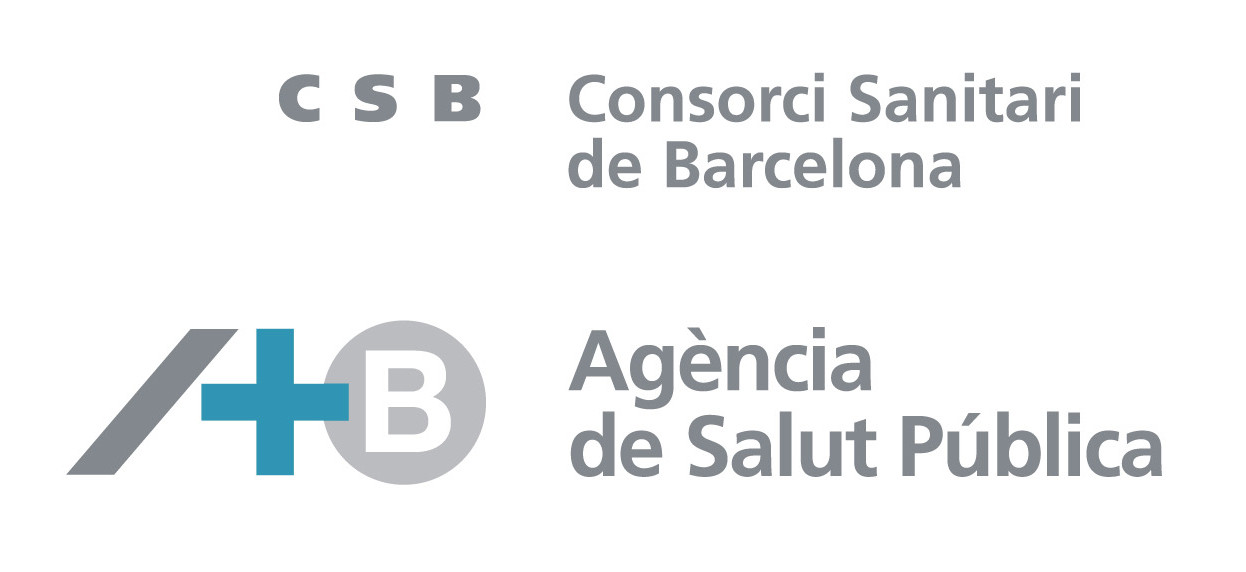762 - EARLY CHILDHOOD ADVERSITY AND PUBERTAL DEVELOPMENT AT AGE 10 IN THE GENERATION XXI COHORT
EPIUnit ITR, Instituto de Saúde Pública da Universidade do Porto, Universidade do Porto.
Background/Objectives: Experiencing childhood adversity has increasingly been associated with poorer health outcomes, including altered timing of pubertal events. We aimed to describe pubertal development at age 10 and examine the associations between psychosocial adversity and the pubertal status.
Methods: Data from 5,230 participants (50.9% boys) from the Generation XXI was analysed. Pubertal development was evaluated using the Tanner scale, including pubic hair (PH); breast development (BD) for girls; and testicular volume (TV) for boys. Girls also reported on menarche occurrence. Psychosocial adversity was reported by children using a questionnaire, while socioeconomic circumstances (SEC) were measured through maternal education. Adjusted logistic regression models (AOR, 95%CI) were used, stratified by maternal education.
Results: Girls showed greater pubertal development than boys at age 10, and 2.3% of them reported menarche. Among girls from lower SEC, a greater likelihood of being in an early-puberty BD stage was observed if they experienced parental divorce (AOR = 1.81, 95%CI [1.20;2.73]). Also, those who experienced household violence presented a lower likelihood of being in a mid-to-late pubertal PH stage (AOR = 0.70, 95%CI [0.51;0.95]), as well as a lower probability of having menarche (AOR = 0.13, 95%CI [0.02;0.99]). Among girls from higher SEC, those who experienced the death of a loved one (AOR = 0.21, 95%CI [0.07;0.60]) or lived with someone with an illness (AOR = 0.25, 95%CI [0.07;0.87]) showed lower odds of menarche. Girls who reported household substance abuse were more likely to report menarche, regardless of SEC. Boys from lower SEC who witnessed parental conflict had higher odds of pubertal onset based on TV (AOR = 1.32, 95%CI [1.02;1.71]).
Conclusions/Recommendations: Childhood adversity seems to differently influence pubertal development in boys and girls. The magnitude and direction of associations depended on the type of adverse events and SEC. Future research should conceptualize adversity from an ecological perspective, taking into account the effect of the larger context on the biological consequences of adversity.
Funding: FCT: 2022.06837.PTDC; DOI 10.54499/2022.06837.PTDC; UIDB/04750/2020, DOI 10.54499/UIDB/04750/2020, LA/P/0064/2020, DOI 10.54499/LA/P/0064/2020.















